Is a whole house dehumidifier necessary for your home? Moist, humid air isn’t only unpleasant; it can cause significant issues within a house. A dehumidifier is a convenient appliance that lowers humidity by removing excess moisture from the air. Dehumidifiers also help air conditioners operate more efficiently.
Room dehumidifiers are portable units that only dehumidify one room. A room dehumidifier is a practical solution when your humidity problem is localized. However, room dehumidifiers consume a lot of energy and must be regularly emptied of the water they draw from the air.
On the other hand, whole-house dehumidifiers dehumidify an entire house from a single unit. Whole-house dehumidifiers have many advantages over room dehumidifiers, but they are not for everyone. Learn about the signs of high humidity and whether a whole-house dehumidifier is appropriate for your home.
What is a Whole House Dehumidifier?
A whole-house dehumidifier reduces humidity throughout a home. It can be added onto the ductwork of the HVAC system or stand alone as a single unit in the basement. A dehumidifier keeps humidity levels below 50%. According to Energy Star, ideal humidity falls in the range of 30 to 50%.
How Does a Whole House Dehumidifier Work?
Whole-house dehumidifier functions are similar to an air conditioner. It pulls in humid air from the return ducts. The refrigerant flowing through the dehumidifier’s evaporator coil absorbs the air’s humidity. The moist air condenses on the coil, and the moisture is directed away from the unit and into a drain.
Next, the air passes over the condenser coil and returns to room temperature. A fan blows the treated air out of the unit.

Explore Top-Quality Dehumidifiers in Our Collection
Signs You Need a Dehumidifier
Excess moisture in your home’s air can cause serious problems in the home. If you notice the following signs of high humidity, you might require a dehumidifier:
- Window and door condensation
- Musty odor
- Mold
- Water stains
- Creaky doors, cabinets, windows, or floors
Pros of Using a Whole-House Dehumidifier
There are several benefits to installing a whole-house dehumidifier:
- Comfortable environment
- Better indoor air quality
- Fights mold, mildew, and other allergens
- Extends the life of the HVAC system
Comfortable Environment
The top reason for installing a dehumidifier is to provide a comfortable environment. Humid air feels warm, sticky, and heavy. A whole-house dehumidifier supplies drier air to every room in the house. A dehumidifier also helps the air conditioner cool the air more efficiently.
Better Indoor Air Quality
A dehumidifier filters out allergens and contaminants from your home’s air, making it more breathable for people with allergies and respiratory issues.
Fights Mold, Mildew, and Other Allergens
Mold, mildew, and other allergens thrive in damp environments. A dehumidifier lowers the moisture content in the air and reduces the opportunities for mold spores to grow and multiply.
Extends the Life of the HVAC System
A dehumidifier extends the life of your HVAC system by sharing its burden. Your air conditioner cools, dehumidifies, and filters your air. A dehumidifier filters and dehumidifies the air before it reaches the air conditioner so it won’t have to work as hard.
Cons of Using a Whole-House Dehumidifier
There are more advantages to whole-house dehumidifiers, but the drawbacks shouldn’t be overlooked:
- Upfront investment
- Difficult installation
- Immobile
Upfront Investment
Whole-house dehumidifiers are costly. The dehumidifier unit plus the installation costs can total thousands of dollars.
Difficult Installation
A whole-house dehumidifier must be professionally installed to ensure a proper connection to the ductwork. You risk damages to your ductwork, disruption of your HVAC system, and the incurrence of repair costs by doing it yourself.
Immobile
A whole-house dehumidifier is not something you can take with you if you decide to move because it’s affixed to the HVAC system. On the bright side, a whole-house dehumidifier might increase your home’s value.
What Size Whole House Dehumidifier Do I Need?
Whole-house dehumidifiers can be used in homes up to 4,400 square feet. Humidifier capacity is measured in pints of water removed in 24 hours. Your home’s square footage and the degree to which the house is sealed against air leaks determine your ideal dehumidifier size.
Homes fall into three classifications of air sealing:
- Loosely Sealed: Older homes with old windows and doors, poor insulation, and cracks in the foundations
- Moderately Sealed: New or remodeled homes with good windows, doors, and insulation and few cracks in the foundations
- Tightly Sealed: Homes that meet building energy standards, such as LEED, Energy Star, or Passive House, or have confirmed air leakage of 3 ACH50 or less.
| 70-80 Pints | 85-100 Pints | 100-155 Pints | |
|
Loosely Sealed |
up to 1,800 sq. ft. |
up to 2,200 sq. ft. |
up to 3,600 sq. ft. |
|
Moderately Sealed |
up to 2,200 sq. ft. |
up to 2,600 sq. ft. |
up to 4,000 sq. ft. |
|
Tightly Sealed |
up to 2,600 sq. ft. |
up to 3,000 sq. ft. |
up to 4,400 sq. ft. |
Conclusion
A whole-house dehumidifier isn’t necessary for every house, but it’s an excellent solution for a home with excess moisture in the air. It’s a good idea to ask yourself, “Why is my house so humid?” There may be a specific issue, such as a plumbing leak, causing excessive humidity. In this case, it’s crucial to locate the moisture’s source and eliminate it to avoid permanent damage to your home. Whole-house humidifiers are great for removing excess water from the air, but they won’t resolve all moisture-related issues.
Frequently Asked Questions
How do I know if I need a whole house dehumidifier?
You might need a whole-house dehumidifier if you have window and door condensation, musty odors, mold growth, water stains on walls and ceilings, creaky wooden doors, cabinets, windows, or floorboards that have expanded from moisture.
How long does it take for a whole house dehumidifier to work?
The humidifier's capacity and the air's humidity level affect the time it takes to dehumidify the air. A whole-house dehumidifier connected to the ductwork can sometimes dehumidify a house in mere hours. It can take days if the humidity level is very high.
Where should a whole house dehumidifier be installed?
Whole-house dehumidifiers are typically installed in non-living areas of houses, such as basements, attics, and crawl spaces.
How much does it cost to run a dehumidifier?
The cost of running a dehumidifier depends on the unit’s wattage, run time, and the cost of electricity. On average, it costs between $0.03 and $0.16 per hour. A cost calculator will give you a better estimate.

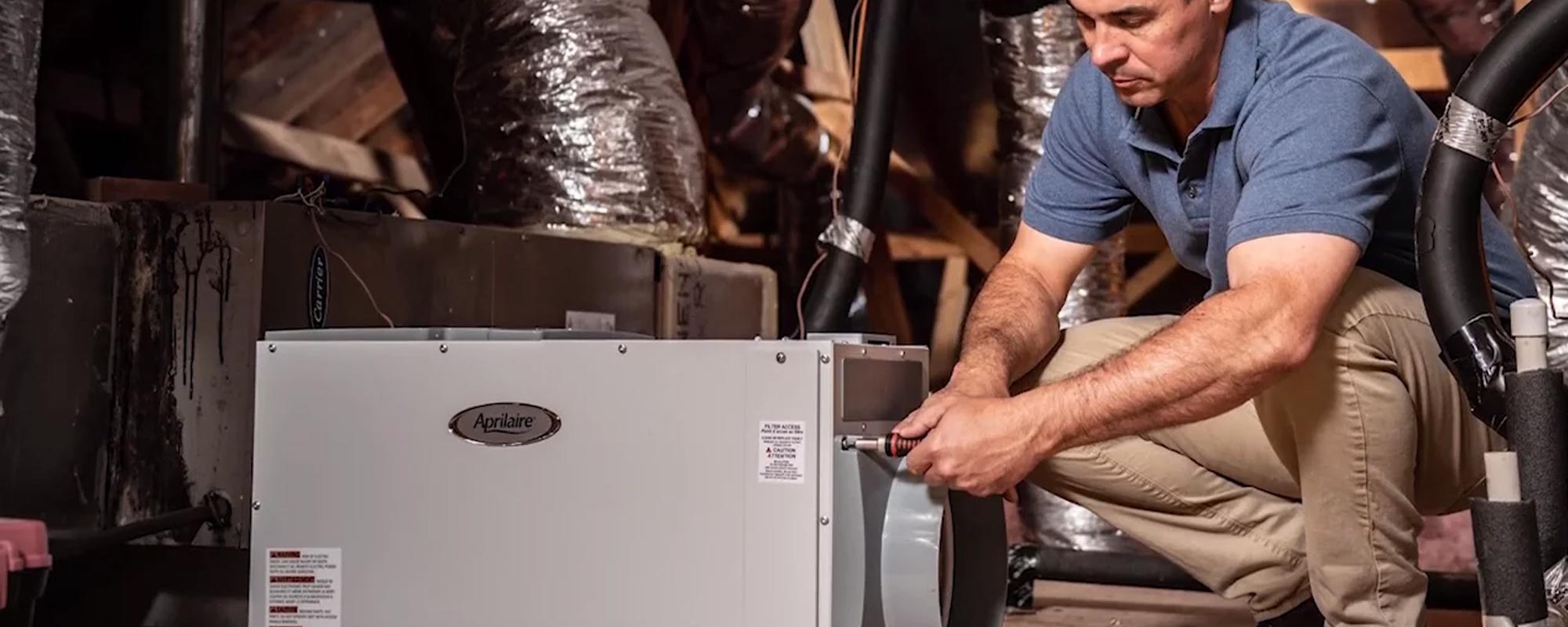
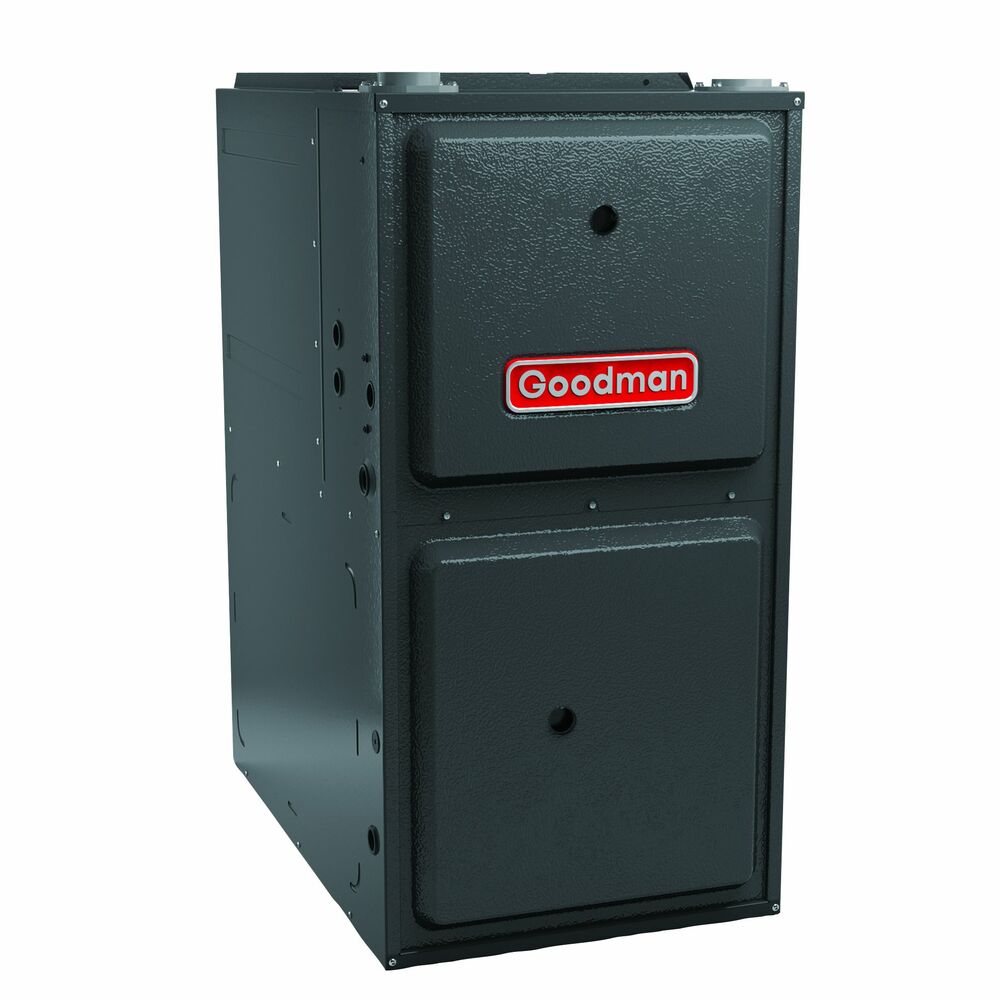
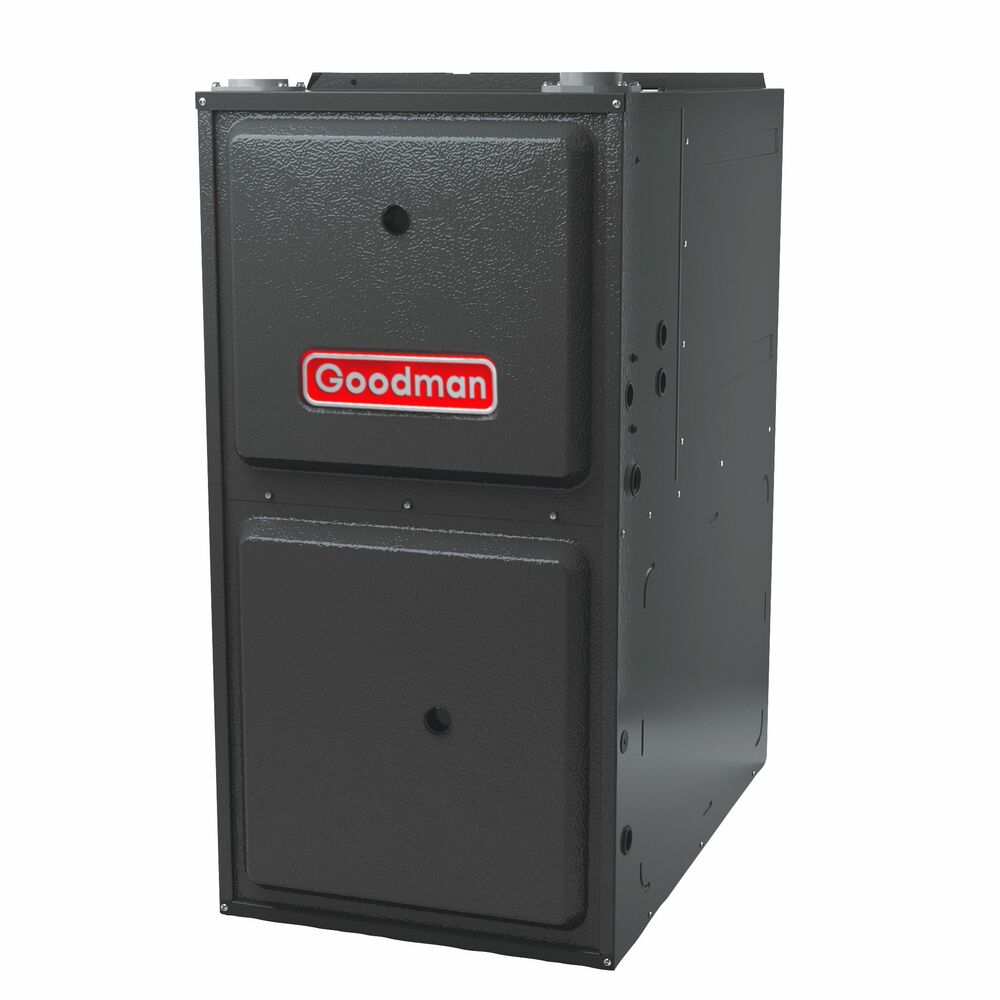
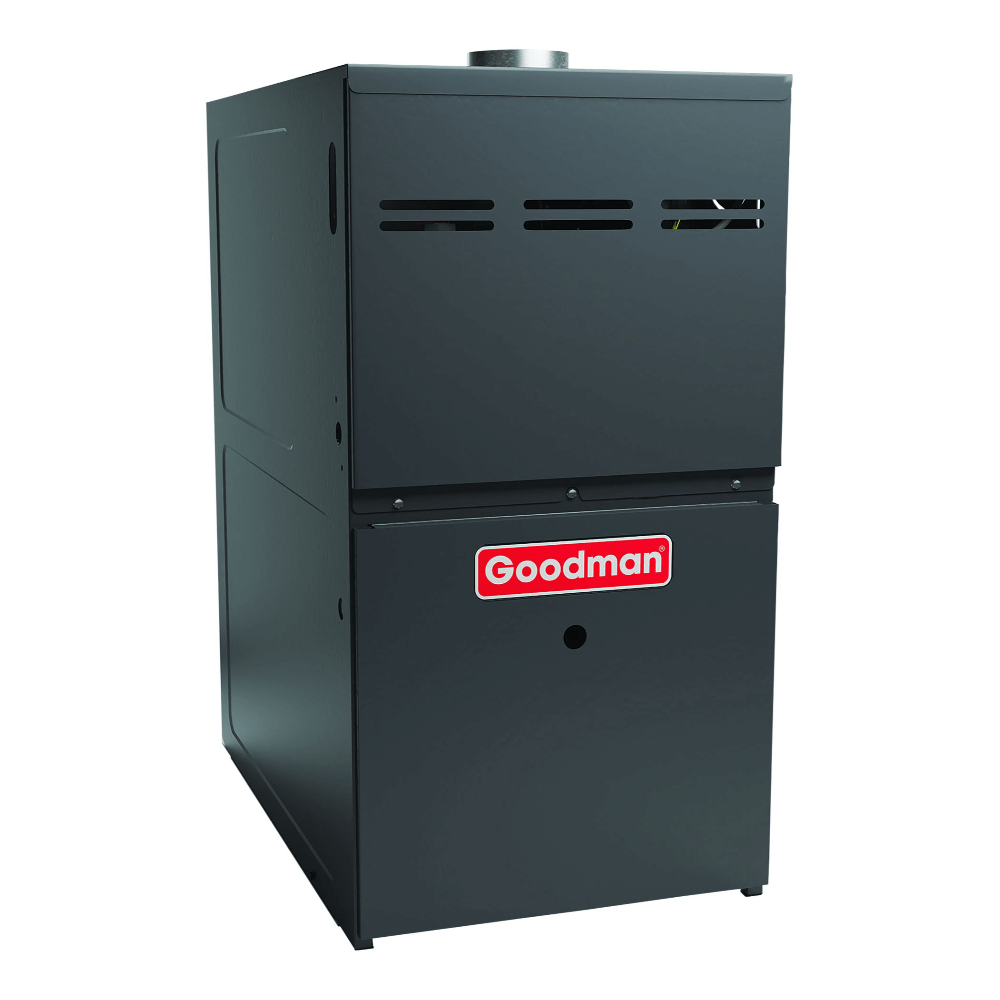
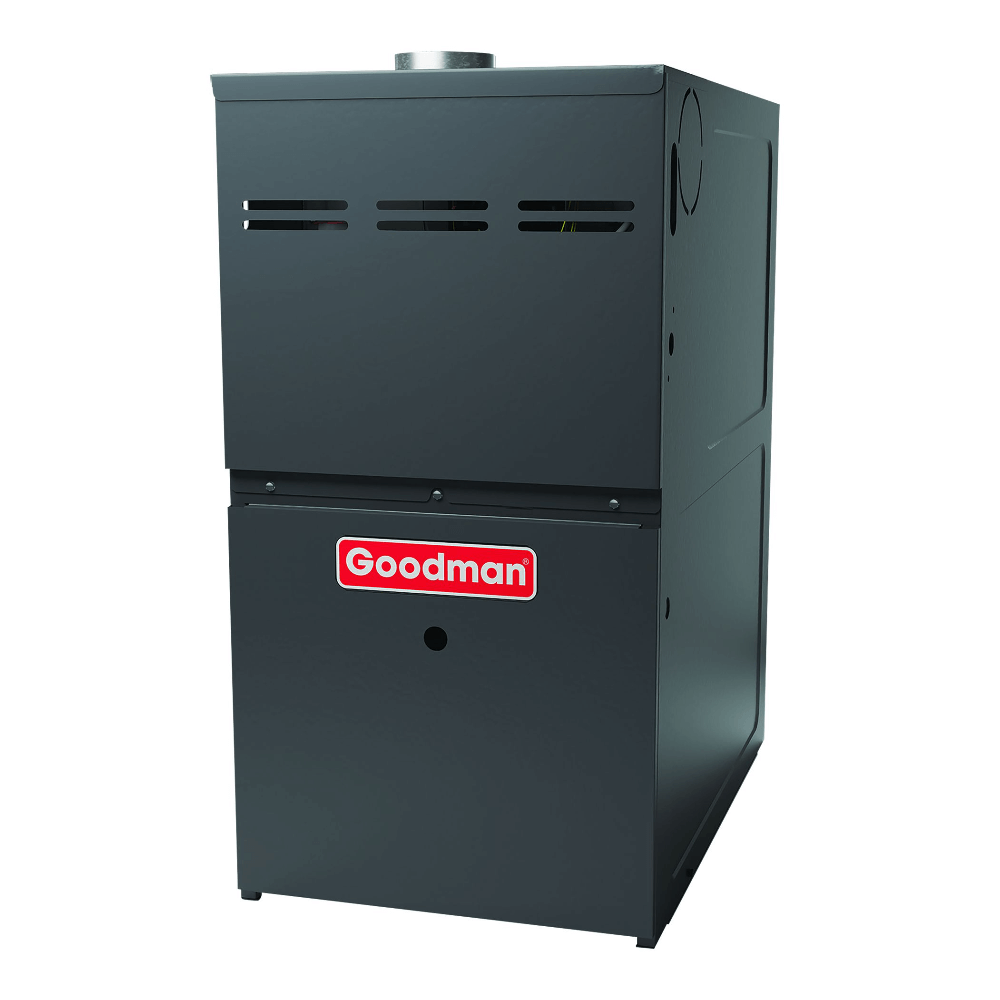
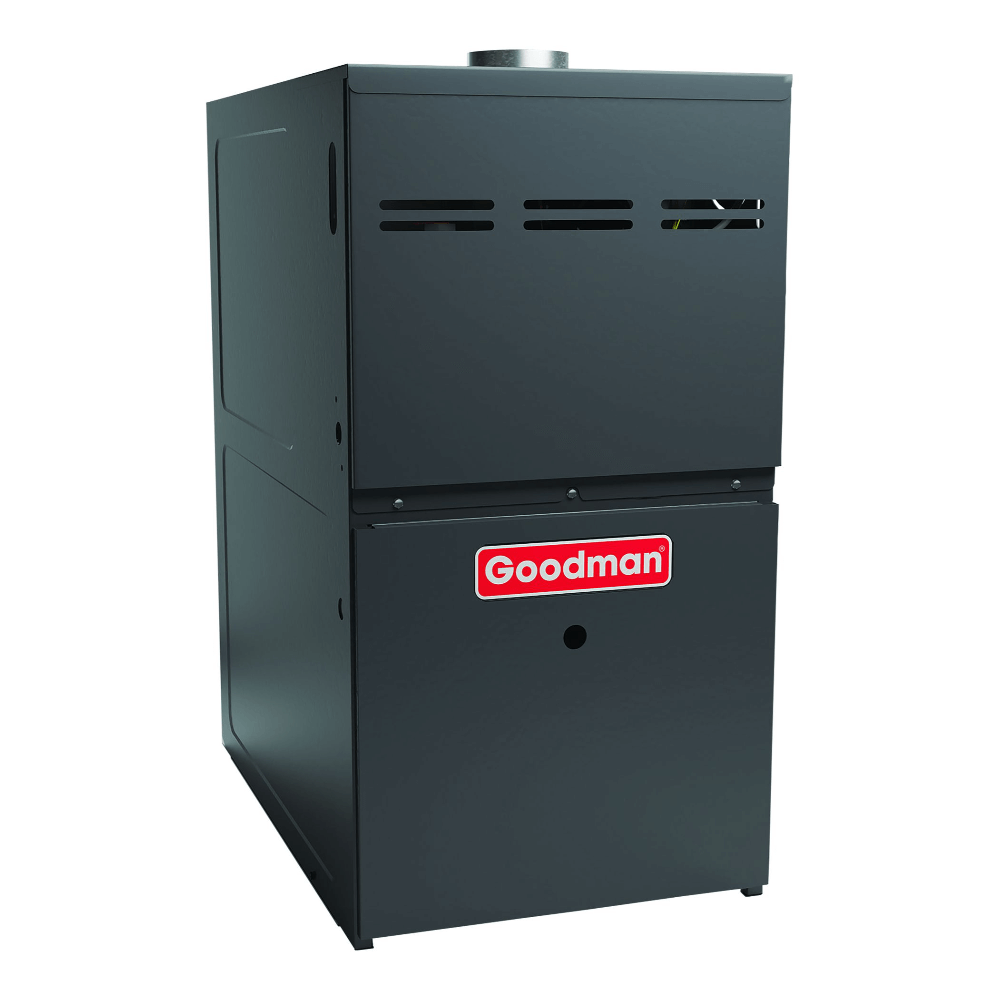
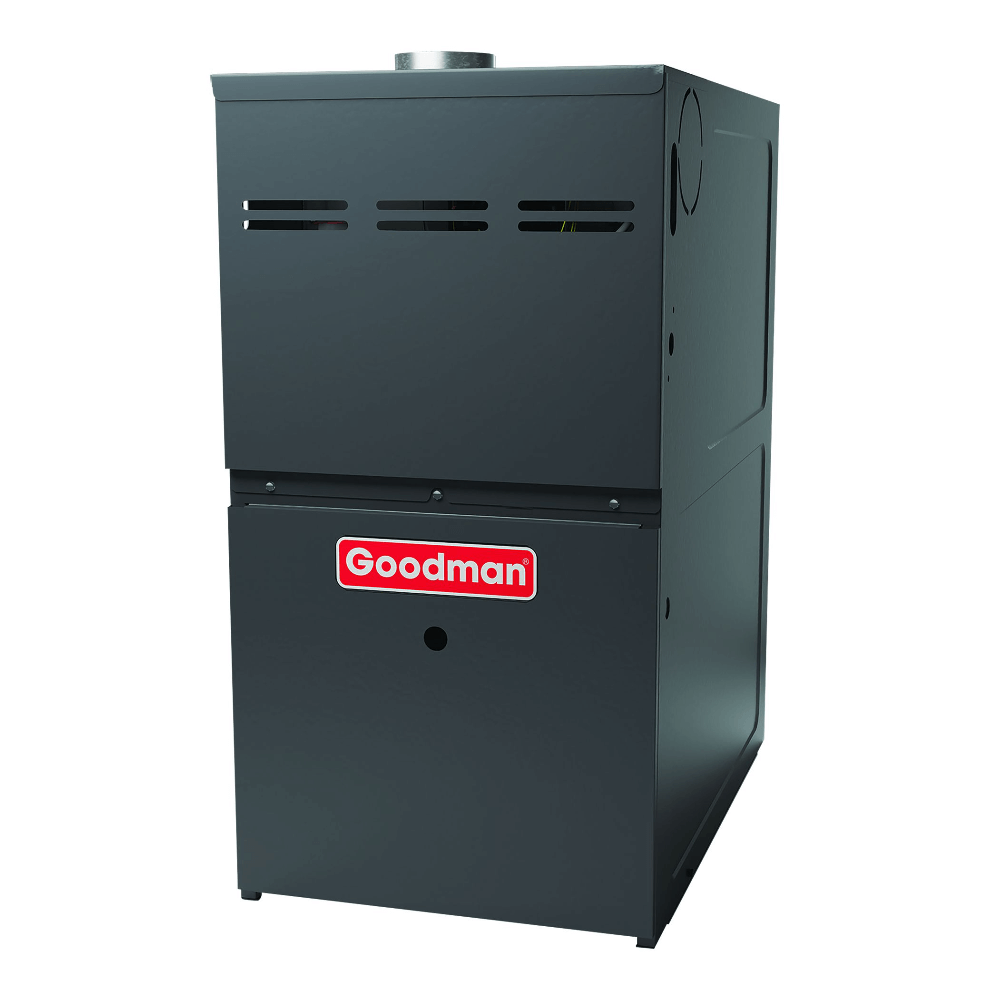
3 comments
Julie
When my 2-story brick home was built (1995, 2700 sq ft) ) a whole house AprilAire dehumidifier was installed. The filter has been changed at the start of summer and fall. Due to the years that have past, should this unit be replaced? There’s been no issues with the unit, and yet thinking because of the age, perhaps it should be replaced?
DCL
What Brand Dehumifier did you install? And did you duct it into existing ductwork or provide its own? Also, did you use a ventilationing dehumidifier?
Mike Roll
I am a home builder in the Galveston area and have delt with high moisture concentration on a number of homes. Air conditioning units have been installed which are suppose to control the humidity. They only work when the unit is running. If it cools the house before getting the humidity to an acceptable level it then needs a boost – a dehumidifier I have had 19 SEER Heil units that are variable speed installed on the beach front that need a separate dehumidifier